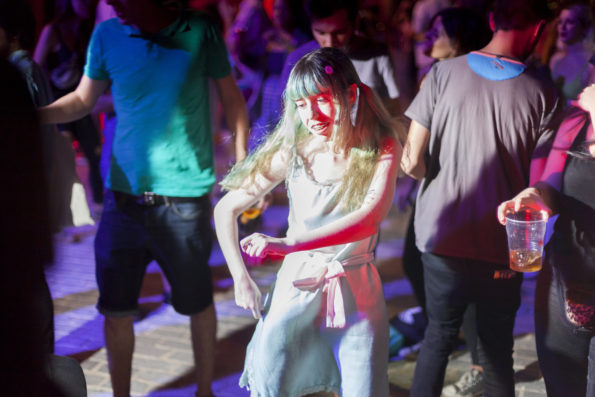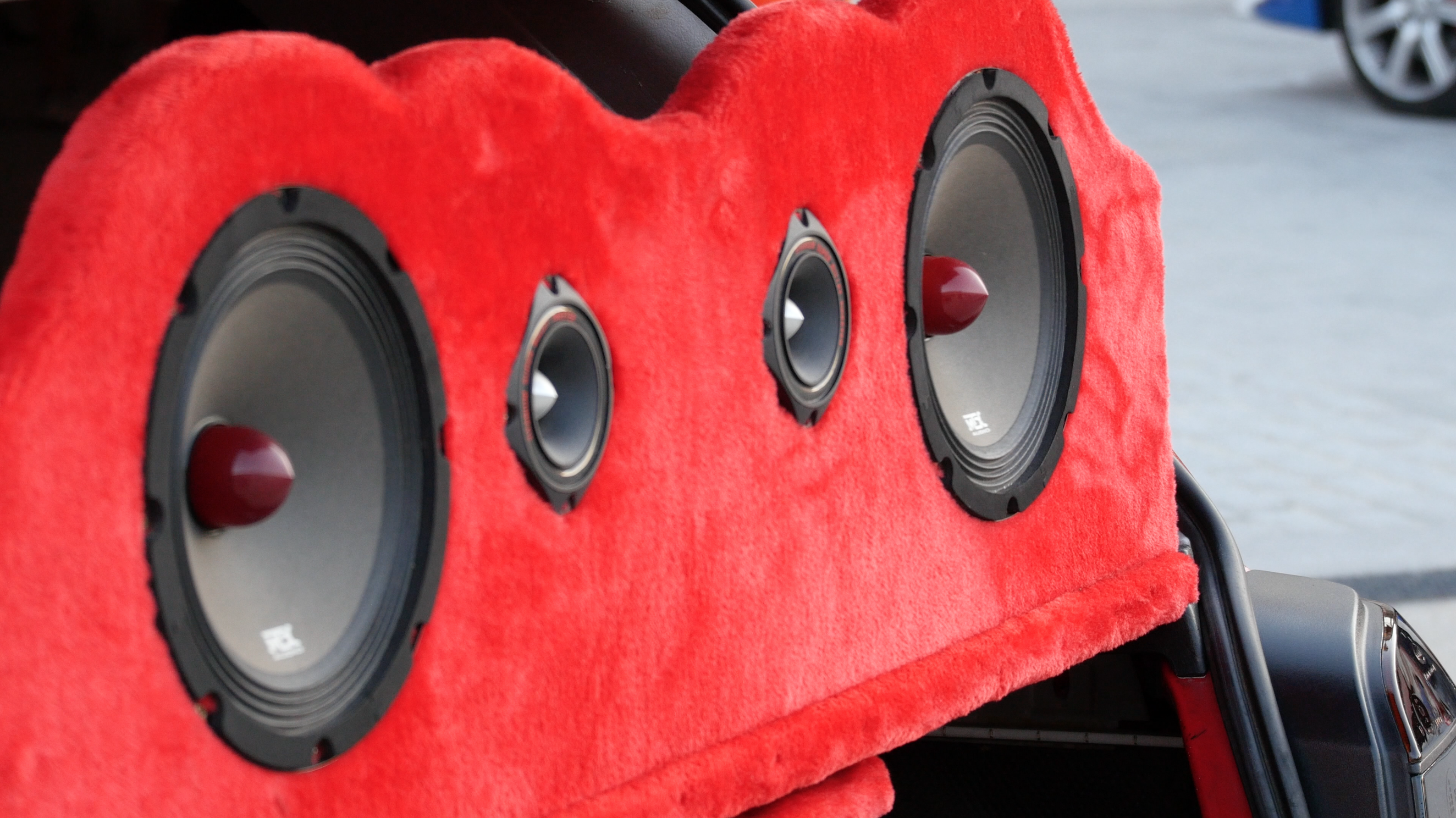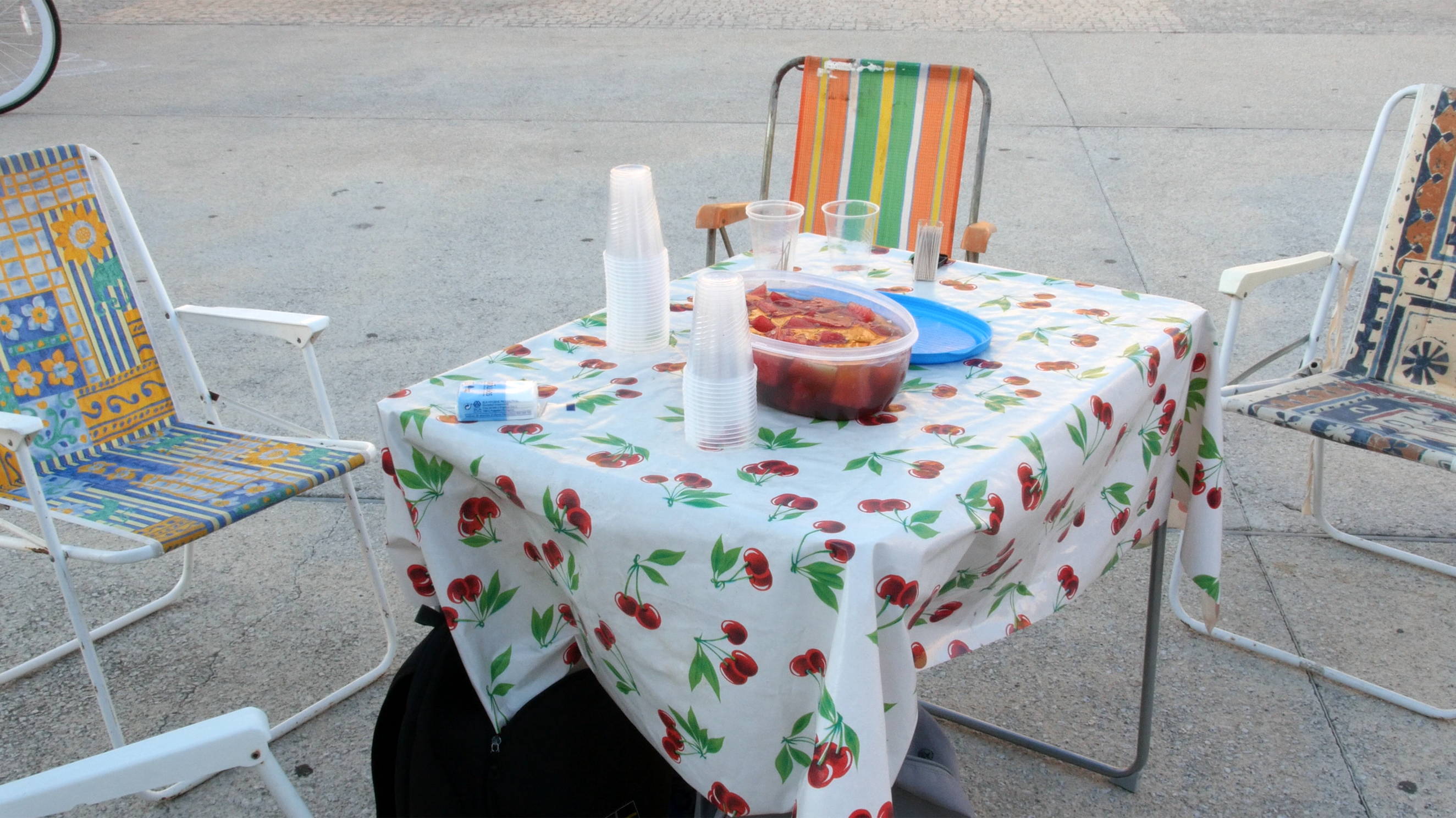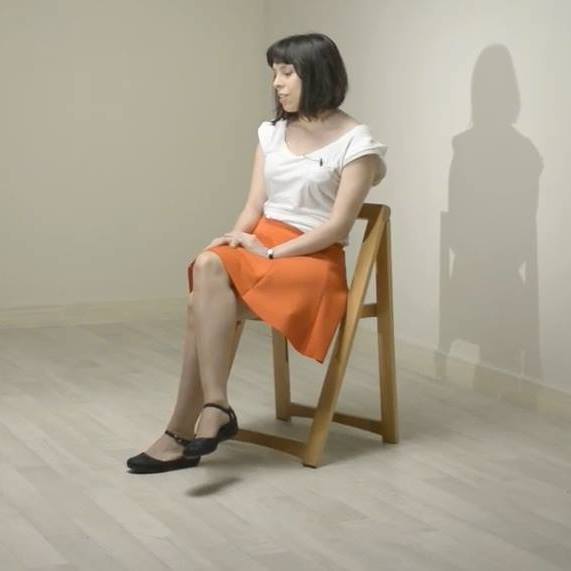Search
To search for an exact match, type the word or phrase you want in quotation marks.
A*DESK has been offering since 2002 contents about criticism and contemporary art. A*DESK has become consolidated thanks to all those who have believed in the project, all those who have followed us, debating, participating and collaborating. Many people have collaborated with A*DESK, and continue to do so. Their efforts, knowledge and belief in the project are what make it grow internationally. At A*DESK we have also generated work for over one hundred professionals in culture, from small collaborations with reviews and classes, to more prolonged and intense collaborations.
At A*DESK we believe in the need for free and universal access to culture and knowledge. We want to carry on being independent, remaining open to more ideas and opinions. If you believe in A*DESK, we need your backing to be able to continue. You can now participate in the project by supporting it. You can choose how much you want to contribute to the project.
You can decide how much you want to bring to the project.
 La Plaza en Verano. MATADERO MADRID. 11 agosto 2017
La Plaza en Verano. MATADERO MADRID. 11 agosto 2017On the afternoon of 11 August, Matadero Square in Madrid was full of cars in the sunlight. One of them, an orange one, appeared to have been cut in two by a chainsaw. Another one, painted bright yellow, revealed its interior through its raised doors. A Golf whose maroon bodywork shone with the tonalities of golden metallic paint was one of the most discreet. The vehicles had been lent by KDD soup-up group that organises car gatherings, and twenty musicians and groups including Discoteca, Le Parody and Post Club were about to start their sessions. This marked the beginning of Parkineo 17, an event conceived by Paula García-Masedo, Andrea González and Lorenzo García-Andrade as a celebration and as an art piece, a readymade almost, taking this illegal form of partying that congregates music, drink and people around vehicles in the car parks of large discos, rural areas and urban peripheries to a cultural context.
The call made by the organisers focused on the spatial aspect, pointing out that car parks ‘were and are places in which many people spend more time and enjoy themselves more than they do in the actual discos’. They also highlighted the multifunctional activity of the car, which in these contexts ‘becomes a bed, a changing room, a mobile disc, a fridge, a dance floor and a meeting point’. Yet, even though the space was the car park and the infrastructural object was the car, the most important aspect of Parkineo 17 was the community that allowed the two to form a part of something different.

Parkineo 17 was being organised at a moment when rave culture was undeniably coming back into vogue. In the Spanish context, this return could not avoid the reference to the Bakalao Route, which, after years of stigmatisation that linked it to the right wing, is now being restored in all its complexity. Both in the restaging of a paradigmatic phenomenon of the nineties, and in the idea of generating a framework of encounter between communities, Parkineo 17 evokes the work by British artist Jeremy Deller, who has also addressed the theme of the rave in pieces like Acid Brass (1997), in which a metal band performed acid house themes. In keeping with Deller’s interest in contemporary popular creativity, in Parkineo 17 the souped-up cars appeared as powerful creations, and their sculptural dimension drew much of the attention.
The customisers themselves turned up at the event, congregating around their vehicles in the company of the musicians, groups and an audience of people from the art world, friends of participants, neighbours and inquisitive onlookers who made their way to the square. When García-Masedo speaks of ‘gathering personal stories’, the notion understands architecture as a structural facility that meets principles linked to relational aesthetics. The party format has always articulated differences, and in this case it doesn’t only bring varied groups together, but also integrates two different ways of understanding the production of spatiality.
Held in the summer of 2017, the Matadero Parkineo also speaks of a prosperous – and more or less legal – party atmosphere that is currently experiencing a boom in Madrid, led by some of these musicians. Furthermore, the event coincides with a tendency to define the party in the framework of artistic devices we have been witnessing over recent years. After the pedagogical turn, relational art seems to be evolving towards the celebratory and understanding the party as a social catalyst, as performance and as a form of stage art. In Madrid’s artistic framework, this line of thinking is echoed in creators such as Irene de Andrés, and her work on abandoned discos in Ibiza (Festival Club. Where Nothing Happens, 2011-16), Ana Esteve, with her videos of ravers (Después de Nunca Jamás, 2014) and of policemen grinding (Encierro, 2010), and Raisa Maudit, with performances like Twerking para la revolución (2015).
The latter work has a meaningful title. In the field of the arts, partying has become a symbol of potentially political body liberation. In his influential book Rabelais and the Carnivalesque, Russian philosopher Mikhail Bakhtin theorised broadly on its revolutionary potential, associating the carnival with the constitution of a collectivity that would promote free and equal contact between people usually separated by the hierarchies of property, profession, age and social class. In such contexts, individuality would be forgotten, dissolved in the group, and there would be a return to physical functions as the body takes centre stage.
Through the party and its symbolic potential, Parkineo 17 had summoned the aesthetic and devices of the party, transforming them into an installation and taking them to the art centre. The gesture reflects the fascination with rave culture that art has now restored. Artists fantasise, influence one another and participate in these subcultures, which are simultaneously being defended by the music industry and by cultural institutions. The project seems to contain an attempt to acknowledge: ‘Look at the people, look at their parties —that’s where art is.’

However, Parkineo 17 ended early at Matadero, for the institutional context imposed its restricted opening hours. Once the square had closed, a few people who wished to carry on partying and had a portable sound system decided to dance under a bridge. Discovered by the police, they had to move to another spot by the River Manzanares, where they met a group of people, many of whom were from Bolivia. A group of youngsters was preparing for the celebration of the Madonna of Urkupiña the following day, and wearing bright costumes were rehearsing choreographies under the light of the lampposts. The same patrol car soon made an appearance, and with their grey threats emptied the area. That evening Madrid was full of policemen. The festivalisation of public space was of course illegal, and the visions of Parkineo and dance practices would become increasingly radicalised.

Julia Ramírez-Blanco is an art historian who works at the University of Barcelona where she received a Juan de la Cierva scholarship. Her research focuses on the intersections between art, politics and utopia. She is the author of the book entitled Utopías artísticas de revuelta, in which these issues are examined alongside counterculture and activism. For Ramírez-Blanco, writing is a question of professionalising curiosity and organising enthusiasm.
"A desk is a dangerous place from which to watch the world" (John Le Carré)